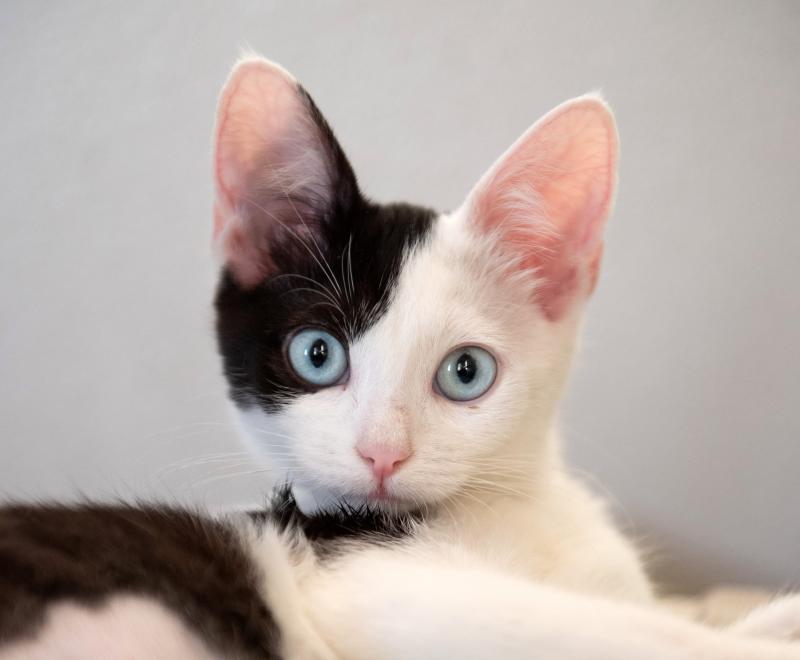Kids pay it forward to the animals

When 11-year-old Delaney and 8-year-old Evan Williams' beloved aunt suddenly passed away, leaving them a small inheritance, they knew just how they wanted to honor her memory: by giving it to the animals at Best Friends Animal Society.
“Their aunt was also an animal lover and would often make contributions to Best Friends in the girls’ name,” says their mother, Rachel Williams. “We all felt like it would be a nice tribute and a beautiful way to honor her by using some of the estate money she left them.” Their donations came with a unique honor. Evan and Delaney are, to date, the youngest Best Friends Golden Circle members, people who contribute $1,000 or more annually.
[Young entrepreneur brings generosity to adoptable pets]
This wasn’t the first time the girls gave funds to help the animals. They’ve also raised money through lemonade stands, and they have chosen donations to Best Friends over birthday presents. Caring about animals just seems to be a Williams family trait.
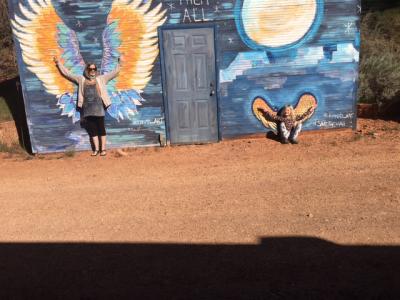
The book that started it all: ‘Two Bobbies’
The family first learned about Best Friends Animal Sanctuary through a book called Two Bobbies: A True Story of Hurricane Katrina, Friendship, and Survival by Kirby Larson and Mary Nethery. This true story chronicles the journey of a dog named Bobbi and cat named Bob Cat as they navigated the streets of New Orleans after Hurricane Katrina. The dog and cat duo were two of thousands of pets Best Friends rescued following the hurricane, and they eventually landed at the Sanctuary and then were adopted.
"When we were reading the book, I realized they were talking about the Sanctuary, (which) we knew was close to our home in Flagstaff, Arizona,” recalls Rachel. Soon, they visited for the first time and began a new tradition.
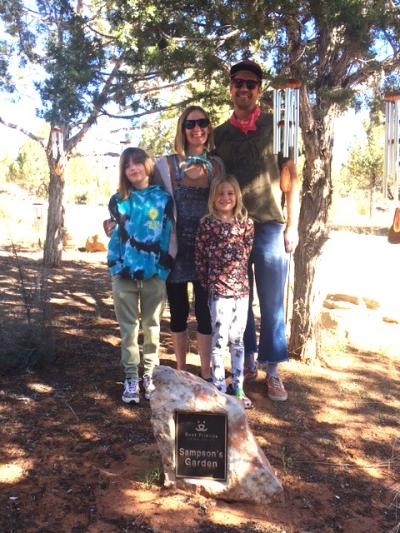
Babs and binkies
This animal-loving family now travels often to volunteer and stay at the Sanctuary. During their recent visit, Delaney volunteered for her third time while Evan volunteered for her first time at the Bunny House. “My favorite bunny was Babs,” says Evan. “We also got to do Hoppy Hour with six bunnies out, and they did binkies (bunny zoomies).”
[Young activists doing good for animals]
Hoppy Hour is a favorite for both volunteers and bunnies. The bunnies are wheeled to a grassy play yard in special strollers by staff and volunteers. Once everyone is safely inside the yard and out of the strollers, the bun-buns (a most technical term, we promise) gleefully bounce around in the soft grass, chew on sticks, and delight everyone with their adorable binkies.
“We had such a fun time volunteering with the animals,” says Rachel. “Evan loved her first experience with the bunnies while Delaney and I were amazed at the spirit of the cats (with) special needs.”
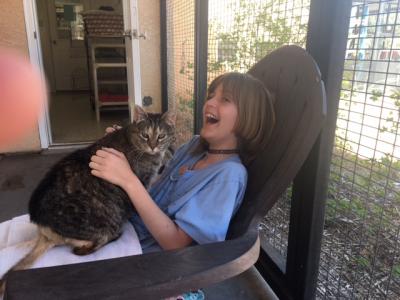
Hummingbird magic
Their visit also included hosting a kitty named Samurai for a cozy sleepover and a special wind chime placement at Angels Rest for their treasured aunt, Anne Bensley Williams, affectionally known as Binnie.
“The chime placement couldn’t have been more fitting for Binnie among the animals,” says Rachel. “When we walked into the area where the chime was placed, a hummingbird flew right up to my husband, Lee. In many cultures, it is believed that hummingbirds are messengers from the spirit world. It was incredible.”
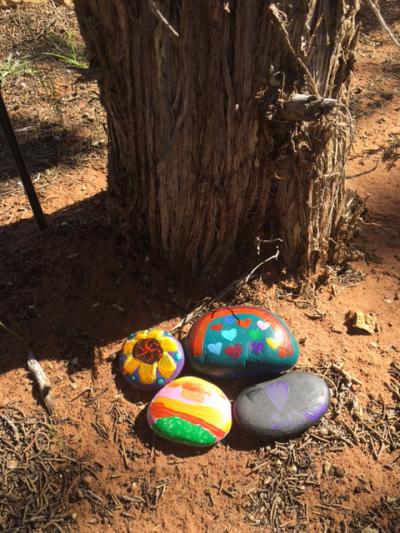
A family affair
The girls look out for the animals back home, too. Delaney created a map of their neighborhood, marking where community cats live so they can leave food and water out — just like Aunt Binnie used to do. They even named one of the cats Pizza.
“The girls were also key players in getting a neighborhood cat spayed who was on her third litter of kittens,” says Rachel. Today Ms. Kitty has been spayed, and she is well cared for and looked after.
These inspiring sisters are a reminder that kindness to animals at any age can make a difference.
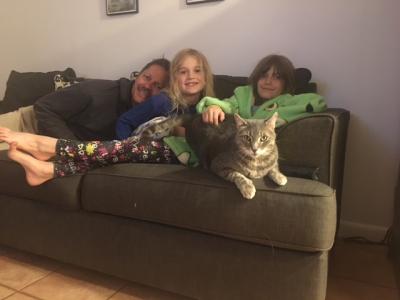
Let's make every shelter and every community no-kill in 2025
Our goal at Best Friends is to support all animal shelters in the U.S. in reaching no-kill in 2025. No-kill means saving every dog and cat in a shelter who can be saved, accounting for community safety and good quality of life for pets.
Shelter staff can’t do it alone. Saving animals in shelters is everyone’s responsibility, and it takes support and participation from the community. No-kill is possible when we work together thoughtfully, honestly, and collaboratively.
